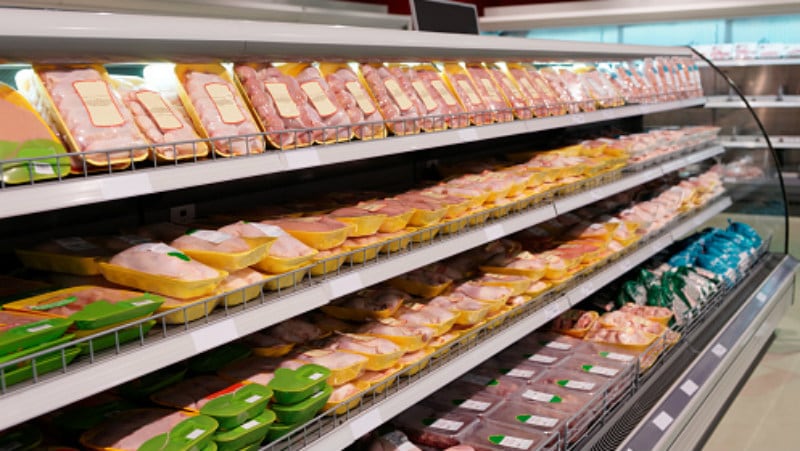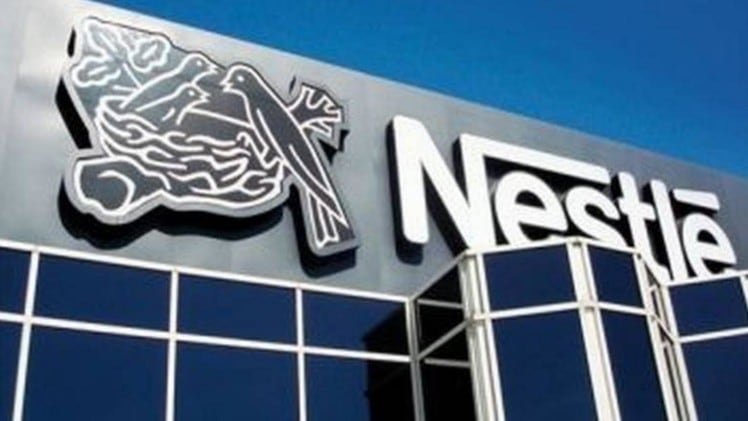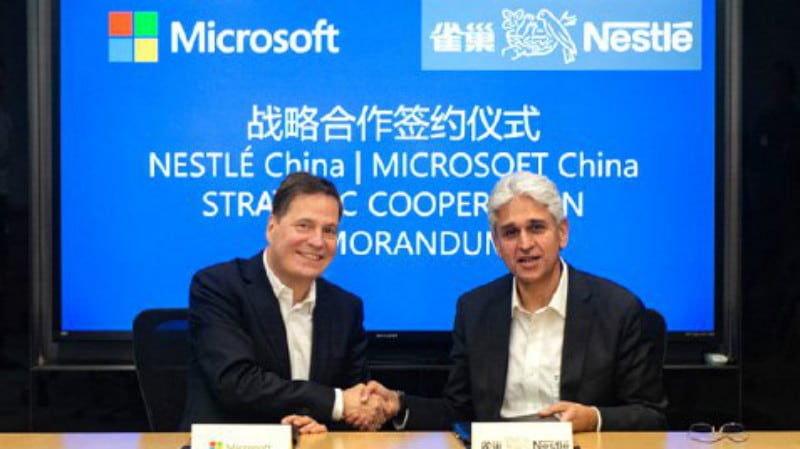Nini Chiang, the Chief Marketing Officer of Nestlé (Greater China), revealed the plans and strategies to do so when speaking at the Food and Beverage Innovation Forum (FBIF) 2019, a three-day event held in Hangzhou.
During her presentation, she revealed that the firm had struggled to meet the demands of Chinese consumers two years ago, and a breakthrough was urgently needed.
“In 2017, we realised that we have met some challenges. Why is it so? This is because our launch of new products was too slow and was unable to meet the demands of the Chinese consumers,” she said.
She added that the firm only managed to launch 34 products across 14 different categories that year, which she said was “unacceptable”.
In addition, she revealed that the firm also took a relatively longer time to launch a new product, taking about 18 to 24 months for a concept to materialise in the market.
Having identified the challenges, the firm has since undergo a revamp, including a change in the organisational structure.
“One of it is a change in the organisational structure. The tasks handled by the technical and development departments were more clearly defined, which allows them to push for innovation more quickly,” she said.
Besides the organisational change, the firm also introduced a new workflow. Previously, the firm took about six to eight months to complete the process. Now, it has shorten the duration to merely four days.
“During the first day, we understand all the relevant consumer information. We link up the global team for cooperation. On the second day, we worked relentlessly on writing the (product) concept relentlessly, producing over 100 concepts.
“On the third day, our R&D team worked non-stop to produce the product. On the fourth day, we invite the consumers to provide a new feedback”
The strategies are starting to work. This year, the firm is aiming to launch 170 products, along with a speedier entry to market for new brands and products – targeted at a period of six to eight months.
The new launches, she hoped, would cut across new and different categories.
“As a big company of 150 years old, the more important thing is to strengthen the system and workflow, and generate a new culture, allowing the younger generation to create new products at a faster speed,” she said.
Filling up the blank spaces
Chiang also pointed out the firm’s use of incubators in nurturing new products and entering “blank spaces”.
These “blank spaces” refer to segments such as the nutritional realm.
XingShan (幸善) and Muscle Hunt are examples of new nutritional products that were bore from the incubator framework.
Xingshan is said to be China’s first RTD herbal soup product made from over 20 types of herbs, while Muscle Hunt is targeted at consumers active in their exercise regime.
“When we first launched (Xingshan), people were wondering what had happened to Nestlé, why is the company entering the Chinese herbal soup market?
“The Chinese consumers are very important to us. Why should we not extol the virtue of TCM to the world? That is why we went ahead to launch this product.”
She added that there was a market need for such product since preparing herbal soup was time-consuming and herbal-alternatives, such as pills, were usually frown upon by the consumers, since pills were usually associated with ill health.
Muscle Hunt, on the other hand, is a protein water that resolves the inconvenience and the sticky mouthfeel of protein powder.
To optimise its consumer reach, the product is sold in high-end gyms, gyms in five star hotels, restaurants selling healthy meals. Social commerce via The Little Red Book and TikTok are also conducted.
Experiential innovation
Beyond product innovation, Nestlé is seeking drive its innovation based on different dimensions of consumption.
It started the experiential innovation two years ago, which culminated into 10 new experiential initiatives last year.
Experiential innovation basically refers to 1) bringing better services to the consumers, 2) observe and collect consumption data, and 3) better and more product innovations.
“This is a new attempt for the whole company…Why are we doing this? Because consumers have changed. In the past, they are only concerned with filling their stomachs, now, they want to eat better, eat right, eat safe, and eat healthy.
“(This means) eating at the right time and also, the shopping experience is considered…We feel that product innovation is not enough, experiential innovation is needed,” Chiang said.
Examples include an AI voice device that offers nutritional health advice and provides customised meal plans and a mobile application offering health advice.
With the latter, the firm has collected more than 78 million pieces of information related to nutrition, which can be used to understand consumption habits and drive product innovation.
Innovative marketing
The firm has also launched new breakfast options based on innovative marketing.
A crux to innovative marketing, was to “do things differently”, Chiang said.
Last year, the firm explored the breakfast consumption habits in China, and found out that 80% of the population have the habit of eating breakfast.
Within this space, the firm found that there was a space for innovation – by customising breakfast options for different consumers.
“We know that everyone has different needs for breakfast, for male, female, elderly, teens, children, and those suffering from hypertension, high blood sugar. In the past, we simply promoted breakfast without considering that there are different needs”, Chiang said.
It has since worked with the Chinese Nutrition Society in launching 154 different types of breakfast for different needs.





